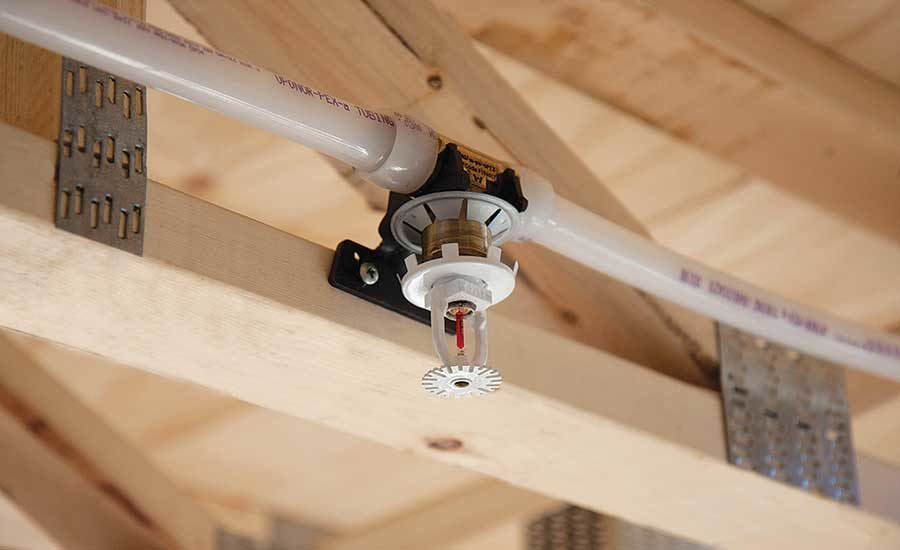Introduction
Fire safety is a critical aspect of building design and maintenance, and fire sprinkler systems play a pivotal role in preventing the spread of fires, minimizing damage, and ensuring the safety of occupants. In this blog post, we will delve into the workings of fire sprinkler systems, exploring the different types available and how they function to safeguard lives and property.
The Basics of Fire Sprinkler Systems
Fire sprinkler systems are engineered to respond automatically to the presence of a fire, releasing water to control or extinguish it. These systems are typically comprised of a network of pipes, sprinklers, control valves, and a water supply. The primary goal is to detect and suppress a fire in its early stages, minimizing the risk of widespread damage.
Types of Fire Sprinkler Systems
Wet Pipe Systems:
How They Work: In wet pipe systems, water is constantly present in the pipes. When a sprinkler head detects heat from a fire, it opens, allowing water to flow and extinguish the fire.
Applications: Ideal for environments where freezing is not a concern, such as office buildings, residential spaces, and retail stores.
Dry Pipe Systems:
How They Work: Dry pipe systems are filled with pressurized air or nitrogen, and water is held back by a valve. When a sprinkler head activates, the valve opens, releasing the air and allowing water to flow.
Applications: Suitable for areas where low temperatures can cause water to freeze, such as unheated warehouses, parking garages, or attics.
Pre-Action Systems:
How They Work: These systems are similar to dry pipe systems but have an added layer of protection. The sprinkler heads are activated by a separate detection system (such as a smoke detector), ensuring a dual confirmation before water is released.
Applications: Critical environments with sensitive equipment, museums, data centers, and art galleries.
Deluge Systems:
How They Work: Deluge systems have open sprinkler heads that release water simultaneously when triggered by a detection system. These systems are used when rapid water discharge is necessary.
Applications: High-hazard areas like chemical storage facilities, power plants, or aircraft hangars.
ESFR (Early Suppression, Fast Response) Systems:
How They Work: ESFR sprinklers are designed to discharge a large volume of water quickly. They are particularly effective in suppressing high-challenge fires involving commodities or flammable liquids.
Applications: Warehouses, distribution centers, and industrial settings with high-piled storage.
Conclusion
Fire sprinkler systems are indispensable in safeguarding lives and property by swiftly responding to the threat of fire. The choice of the right type of system depends on factors such as the environment, the nature of the stored materials, and the potential fire hazards. By understanding the different types of fire sprinkler systems and their operation, building owners and facility managers can make informed decisions to enhance fire safety and protect their assets.


No comments yet